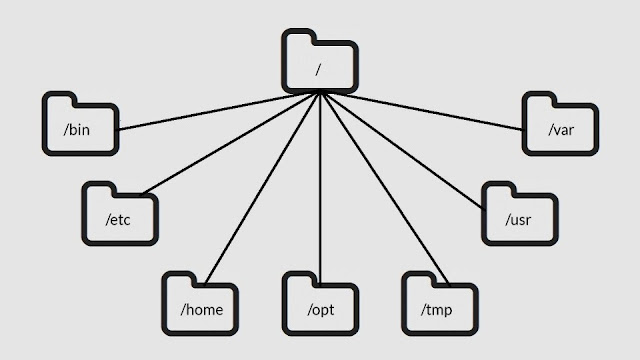DOS Commands
DOS Commands
1) Internal Commands
Internal Commands are also called memory resident commands because these
commands are automatically loaded on the memory at the time of booting. All the
internal commands are stored in the file Command.com.
Following are some important Internal Commands.
1) VER
It displays the version of operating system. that you are using.
C:\>VER
2) VOL
It displays the volume label of the hard disk.
C:\>VOL
Volume label in drive C: is JJ infotech.
C:\>VOLD
Volume drive D has no label.
3) DATE
This command is used to display the current system date and also allow
you to change it.
C:\>DATE
4) Time
This command is used to display the current system time and also allow
you to change it.
C:\>Time
5) Exit
It is used to exit from DOS .
C:\Exit
6) CLS
This command is used to clear the DOS screen.
C:\>CLS
7)DIR
This command is used to display the list of directories and file with
details.
C:\>DIR w D;\
C:\>DIR w D:
RAM(folder name)
8) COPY CON
We use this command to create a new file.
COPY CON(file name)
NOTE: After typing the
name of file press CTRL+Z or F6 key followed by ENTER to save the created document.
9) TYPE
This command allows you to see the content of file on the screen.
TYPE <file
name>
10) REN
This command is used to rename the file or directory.
REN <old file
name> <new file name>
11) DEL
This command is used to delete the file.
DEL <file
name>
12) MD
This command is used to create a new directory or nested directory.
C:\ MD directory
name
13) CD
This command allows you to change present directory into other
directory.
C:\CD directory
name
14) CD:
This command is used to go one step back.
15) RD
This command is used to remove a directory.
C:\RD directory
name
16) Tree
It is used to display the directory structure.
C:\ Tree
drive\address
2) External Commands
External Commands are also called disk resident commands are separately
stored on the disk external command requires their special file to be executed.
Following are some external commands
1) Help
Anything or everything in any DOS commands you can know with the
help of this command.
C:\> Help
<command.
2) Label
This command is used to display as well as change the volume label of
the disk.
C:\Label
3) Deltree
This command is used to remove a directory including all its sub
directories and files.
C:\>Deltree
<directory name>
4) Edit
It allows you to create a new text file as well as edit the existing
file.
C:\>Edit
<file name>


Comments
Post a Comment